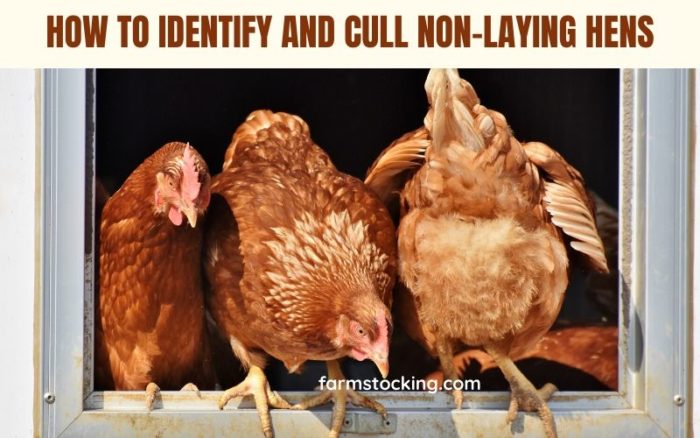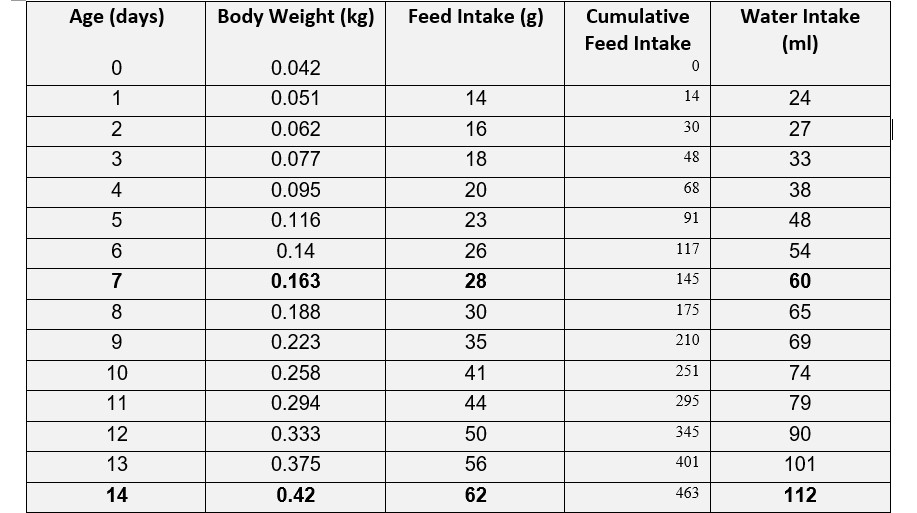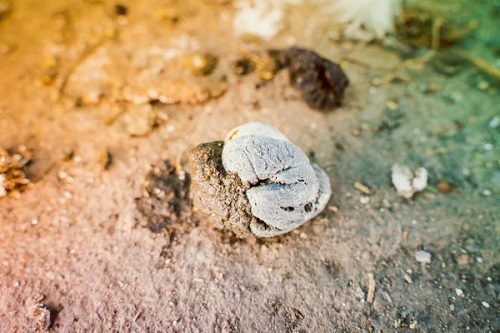Many times we try to figure out the non-productive chickens (layer chickens that are not laying eggs) in a flock in order to cull them. Culling simply means removing the undesirable and non-performing chickens from the flock.
For a business-minded poultry farmer, it is important to cull or remove non-laying hens from a flock. However, if the farmer cannot differentiate laying hens from non-laying hens, such feat would be impossible.
Appearance is the easiest thing to observe when trying to find a non-laying bird. If the bird looks like a socialite from the upper end of town with perfect plumage, bright yellow legs, and things of this nature she probably isn’t laying well. This does apply to older birds and not birds that are just starting to lay eggs.
If you have a mixed flock of different breeds, some will do much better than others, but the basics for determining layers are basically the same.
Generally a “fat” hen won’t be one that is laying eggs well. Usually a pound or two more than is normal for the breed is a pretty good indicator. They generally do lay eggs, but will never be a good producer.
If a chicken is lame or injured, they naturally don’t lay eggs well if at all. They are fine for food. If a chicken is lame, it might be from an injury, so it might not lay well, but I would never kill a lame chicken if it was a pet. I have seen chickens with a limp, live for years.
Difference between Laying and Non Laying Hens
These are characteristics of a hen that is laying well compared to one that isn’t.
| Laying Hen | Non-Laying Hen |
| Bright Red Comb | Dull comb covered with scales |
| Soft Abdomen | Hard fat abdomen |
| 3 or 4 finger spread between bones | 1 or 2 finger spread between bones |
| Large moist vent, white in color | Small vent, yellow in color |
| White shanks if laying more than 5 months | Yellow Shanks |
| Old plumage, not molting | New Plumage |
The bones talked about in the chart are the bones beside the vent, the ones that can scratch your hand when stuffing or cleaning out a chicken after slaughter.
I personally find that when an older chicken looks all pretty with excellent feathers they are not laying. I also lean toward checking the bones as I think it is one of the simplest and most accurate ways to determine non-layers.
If you have a flock of hens, generally the ones with the rough plumage and faded legs are the producers.




